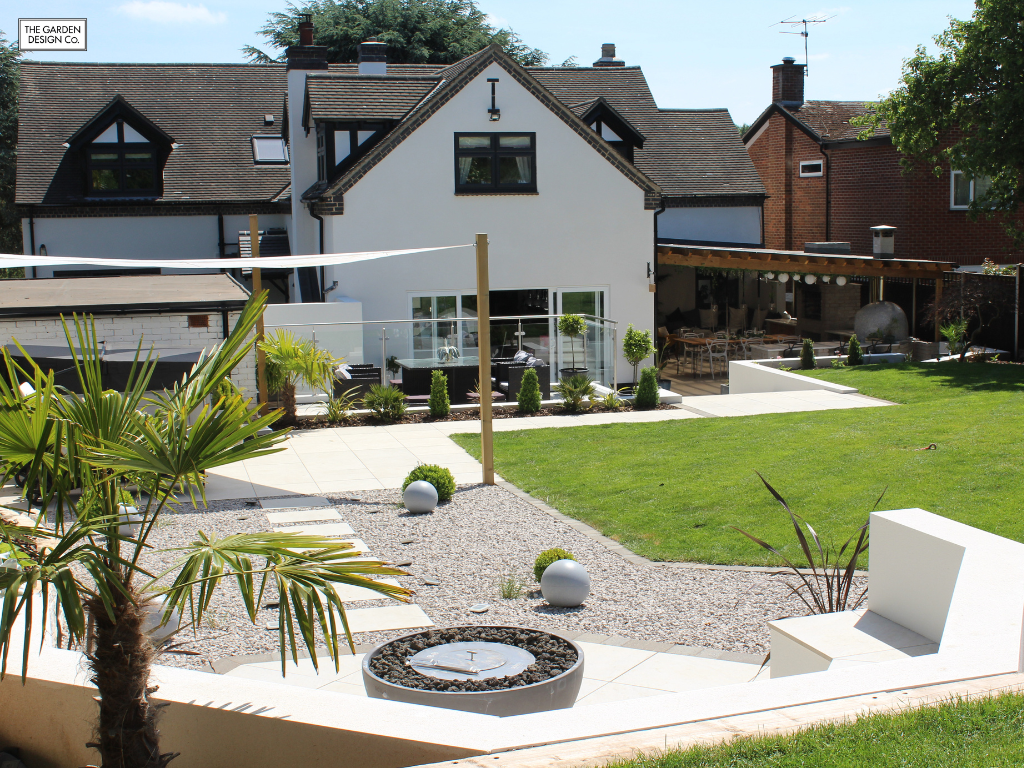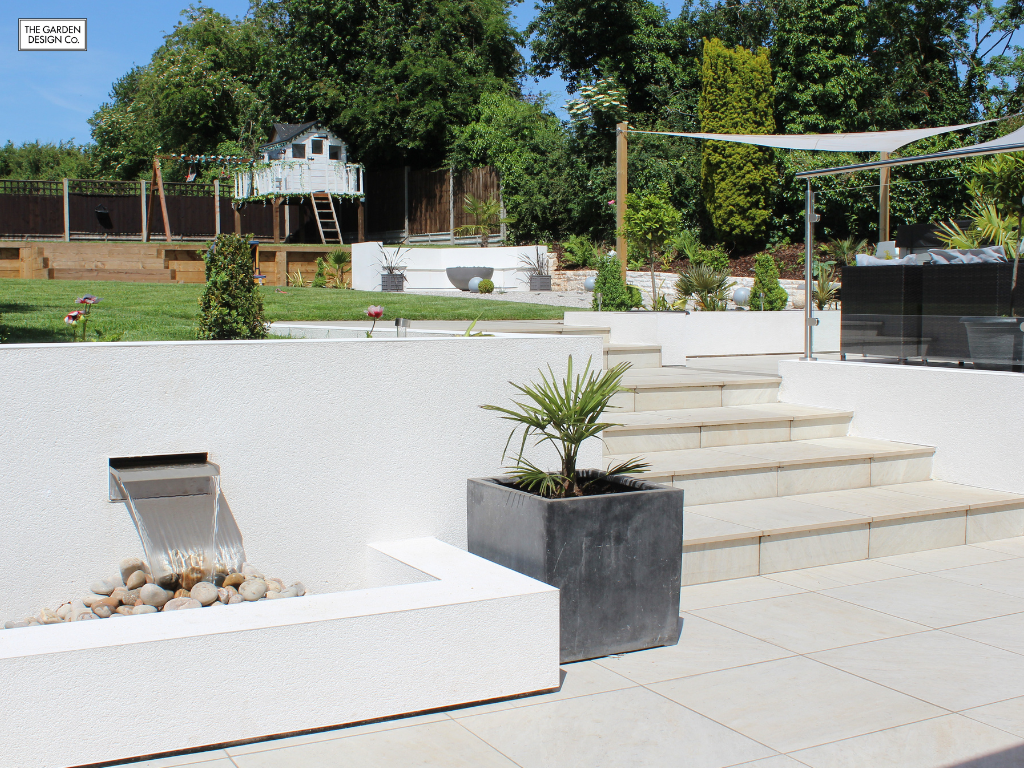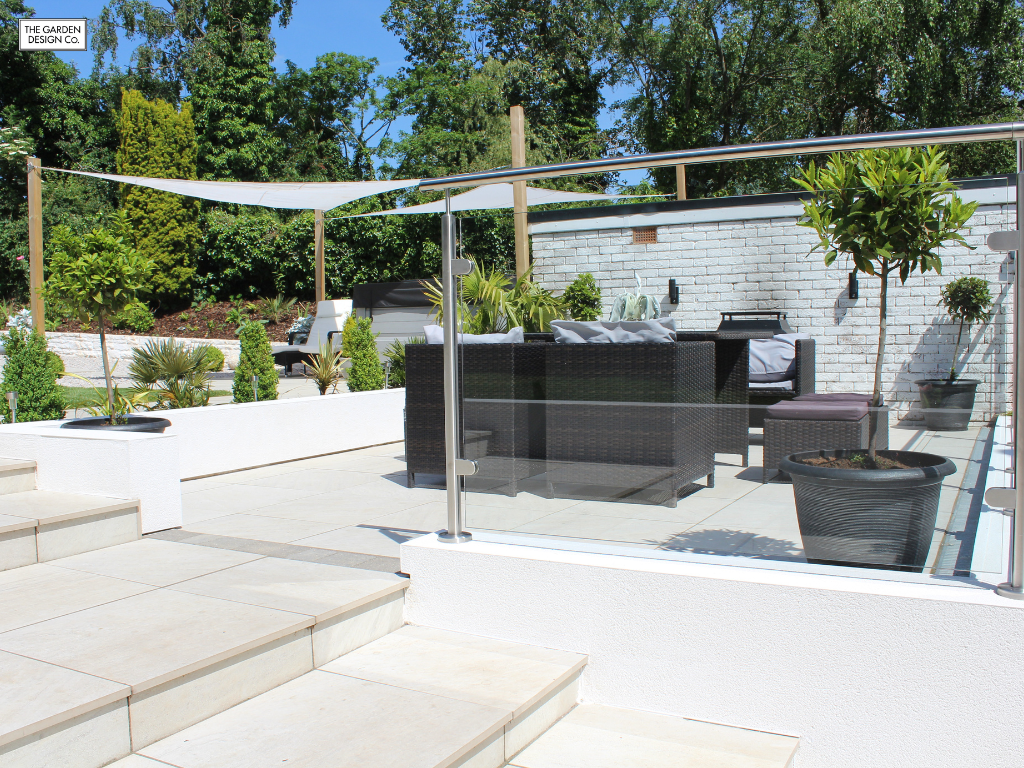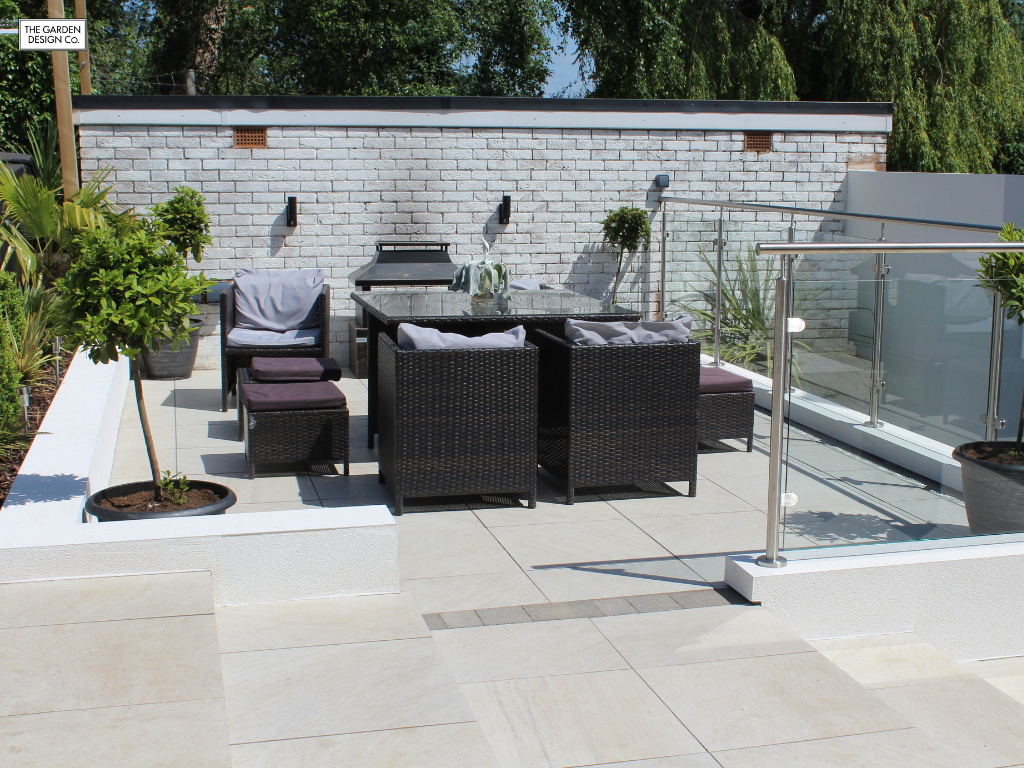Understanding Your Lawn and How to Care for It


In today’s fast-paced world, finding tranquillity and calm in our surroundings has become increasingly important. One way to achieve this sense of peace is through modern minimalist garden design. By embracing simplicity and clean lines, minimalist gardens create serene spaces that allow us to escape the chaos of everyday life. In this article, we will explore the principles of minimalist design, the role of colour and plants, and how furniture and accessories can enhance the overall ambiance of a minimalist garden.
Minimalist design is grounded in the philosophy of less is more. It is about simplifying and decluttering our spaces to create an environment that promotes tranquillity and mindfulness. When applied to garden design, minimalism aims to remove excess, leaving only the essential elements that contribute to a sense of calm and cleanliness.
In a world where we are constantly bombarded with information and surrounded by material possessions, minimalist design offers a refreshing escape. It encourages us to let go of the unnecessary and focus on what truly matters. By embracing simplicity, we can create a space that not only looks visually appealing but also promotes a sense of inner peace.
Minimalism is not only about aesthetics, but also a way of life. It encourages us to focus on what truly brings us joy and eliminate unnecessary distractions. In a minimalist garden, this philosophy translates into creating uncluttered spaces that allow us to appreciate the beauty of nature and find solace in its simplicity.
Imagine stepping into a garden where every element has been carefully considered, where each plant, stone, and pathway has a purpose. This intentional approach to design allows us to connect with nature on a deeper level. It reminds us to slow down, take a breath, and appreciate the beauty that surrounds us.
In minimalist garden design, simplicity is paramount. Clean lines and geometric shapes prevail, with an emphasis on open spaces and a sense of order. Natural materials, such as stone and wood, are often incorporated to add texture and warmth. The use of plants is intentional, with each one carefully chosen to serve a specific purpose, whether it’s providing a focal point or contributing to the overall harmony of the space.
When designing a minimalist garden, it’s important to consider the balance between form and function. Each element should serve a purpose while maintaining a sense of visual harmony. For example, a strategically placed bench can provide a place for contemplation, while also adding a touch of elegance to the overall design.
Another key aspect of minimalist garden design is the use of negative space. By intentionally leaving areas empty, we create a sense of calm and allow the eye to rest. This negative space can be just as important as the elements themselves, as it helps to highlight and accentuate the beauty of the chosen plants and materials.

Colour plays a crucial role in setting the mood and atmosphere of a minimalist garden. By carefully selecting a limited colour palette, you can create a sense of harmony and cohesion throughout the space.
When it comes to designing a minimalist garden, every element counts. From the choice of plants to the selection of materials, each decision contributes to the overall aesthetic. However, one aspect that often takes centre stage is the use of colour.
Choosing the right colours for your minimalist garden is not just about personal preference; it’s about creating an environment that evokes a specific mood and atmosphere. The careful selection of a limited colour palette can transform a simple outdoor space into a serene oasis.
When it comes to colours in a minimalist garden, less is more. Stick to a few neutral tones, such as whites, greys, and earthy browns. These hues create a soothing backdrop and allow the natural beauty of plants and materials to take centre stage.
Imagine walking through a minimalist garden adorned with a white gravel path, surrounded by lush green foliage. The simplicity of the colour palette creates a sense of tranquility, allowing you to fully appreciate the textures and forms of the plants.
Earthy browns, such as those found in wooden decking or stone pathways, add warmth and grounding to the garden. These natural tones create a seamless transition between the outdoor space and the surrounding environment, blurring the boundaries and creating a sense of unity.

Minimalist garden design is all about creating spaces that promote tranquillity and offer respite from the hectic pace of life. Here are some key elements to consider:
In a minimalist garden, space is a fundamental component. The strategic use of open areas allows for a sense of freedom and breathability. By keeping things simple and uncluttered, you can create an environment that encourages relaxation and introspection.
Imagine stepping into a serene oasis, where every element has been carefully curated to evoke a sense of calm. The vast expanse of open space invites you to take a deep breath and let go of the stresses of the day. With minimal distractions, your mind can wander freely, finding solace in the simplicity of the surroundings.
Water features, such as fountains or ponds, can be excellent additions to a minimalist garden. The gentle sound of flowing water adds a soothing element, while the visual reflection creates a sense of serenity and depth. Opt for clean, linear designs that complement the overall minimalist aesthetic.
Imagine the sound of water trickling down a sleek, stone fountain, creating a gentle melody that lulls you into a state of tranquillity. The rhythmic flow of water brings a sense of harmony to the garden, as if nature itself is whispering words of calmness. The reflection of the water on its smooth surface adds a touch of magic, creating a mesmerising visual experience.
As you sit in your minimalist garden, the sound of water becomes a symphony of relaxation, washing away the noise of the outside world. The simplicity of the design allows you to fully immerse yourself in the present moment, finding peace in the stillness.
Choosing the right plants is crucial in a minimalist garden, as they play a central role in creating a calm, clean atmosphere.
Simplicity extends to the plant selection. Opt for low-maintenance plants that require minimal pruning and upkeep. Succulents, ornamental grasses, and evergreen shrubs are excellent choices, as they add texture and interest to the garden without overwhelming the space.
In minimalist garden design, plants are selected not only for their visual appeal but also for their texture and form. Choose plants with clean lines and structural shapes that complement the overall aesthetic. Consider using architectural plants, such as bamboo or yucca, to add interest and drama.

Furniture and accessories can enhance the overall ambiance of a minimalist garden, creating functional spaces that are stylish and clean.
Opt for sleek, minimalist furniture designs that complement the clean lines and simplicity of the garden. Choose materials such as teak or aluminium, which are durable and weather-resistant. Keep the furniture arrangement minimal, focusing on functionality and comfort.
Lighting is another essential element in a minimalist garden. Choose lighting fixtures with clean, minimalist designs that blend seamlessly with the overall aesthetic. Soft, warm lighting can create a cozy and intimate ambiance, while strategically placed spotlights can highlight specific features.
Modern minimalist garden design offers a peaceful retreat from the chaos of everyday life. By embracing simplicity, clean lines, and a limited colour palette, these gardens create calm, clean spaces that promote tranquillity and mindfulness. The careful selection of plants, furniture, and accessories further enhances the overall aesthetic, providing functional and stylish areas for relaxation and contemplation. So, if you’re seeking to create a serene haven in your outdoor space, consider embracing modern minimalist garden design. Your mind, body, and soul will thank you for it.
Whenever you’re ready, we’ll be happy to come along and help you plan your garden upgrade. To get one of the friendly design team to take the stress out of designing your garden click below.